The World's 10 Most Threatened Wild Cats
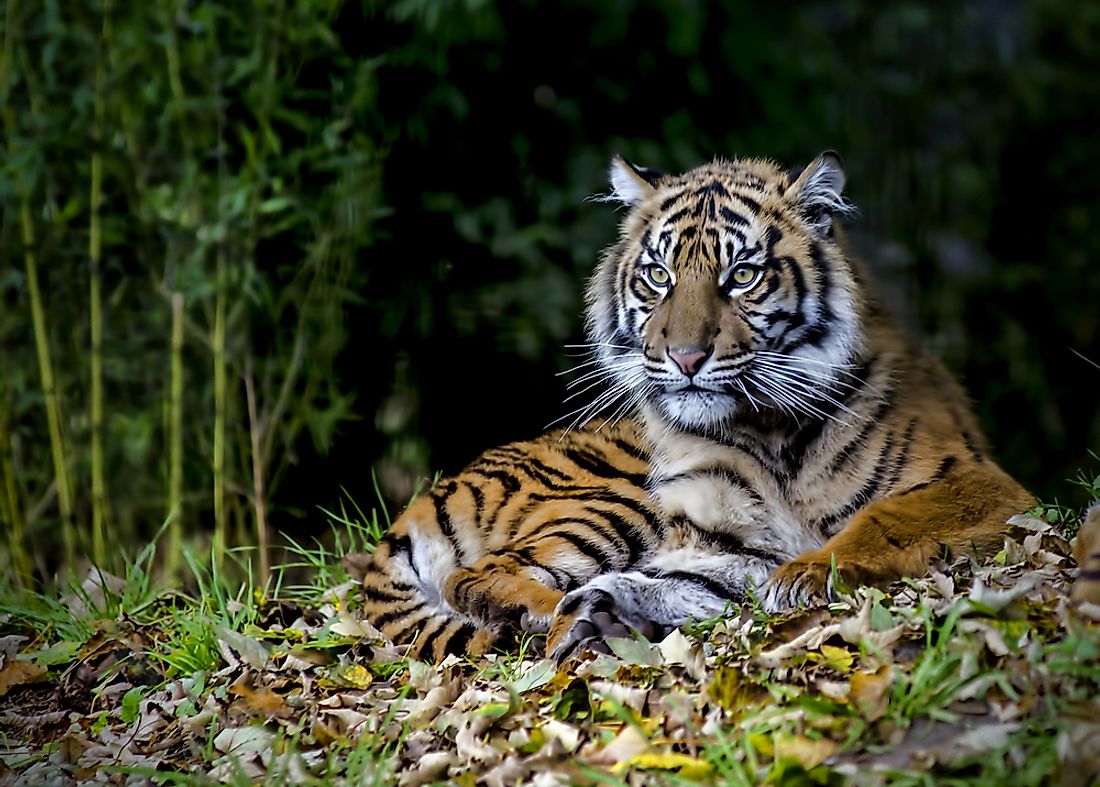
Carnivora is a scrotiferan order with more than 280 species of placental mammals including all species of cats. The animals of this order are equipped with claws and teeth that are used for catching prey and feeding on them. Some carnivorans like the cats completely depend on a meat-based diet while others like bears and raccoons are omnivorous in nature. Here is a list of the 10 critically endangered subspecies of cats found in the wild:
10. Northwest African cheetah
The Acinonyx jubatus hecki, also known as the Saharan cheetah, lives in Africa’s Sahel and Sahara desert region. The population of the species was estimated to be fewer than 250 individuals in 2008. These cheetahs exist in highly fragmented populations. Hunting of the cheetahs and their prey species as well as the construction of roads, habitat destruction, and retaliatory killings by people trying to protect their livestock have all contributed to the near extinction state of this cheetah subspecies.
9. Asiatic cheetah
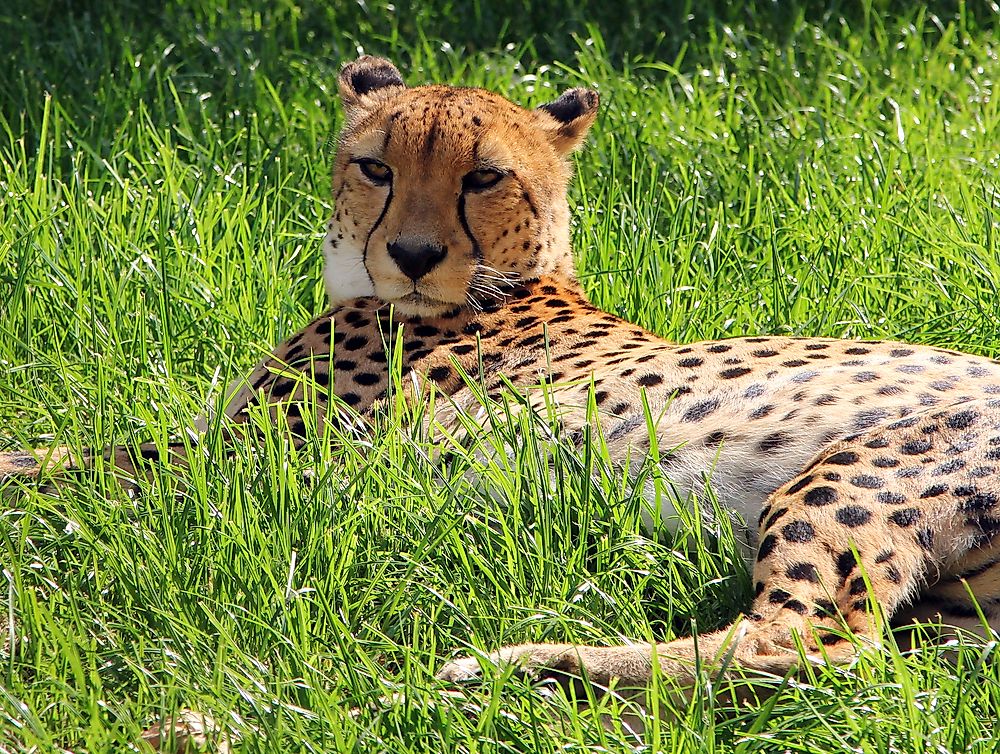
The Acinonyx jubatus venaticus is a Critically Endangered subspecies of the cheetah that is found in Iran. In the past, it had a much wider range including large parts of the Near East and the Arabian Peninsula and even parts of the Indian subcontinent in South Asia. The current population of the Asiatic cheetah is estimated to be less than 50 individuals only. The overhunting of these cheetahs and their prey species is one of the biggest factors for their current dire state. Habitat fragmentation and degradation, mining activities, road constructions, and persecution by people also threaten the survival of this subspecies of the cheetah.
8. Balkan lynx
The Lynx lynx balcanicus is one of the subspecies of the Eurasian lynx. This Carnivoran is found in western Macedonia and eastern Albania and is regarded as Macedonia’s national symbol. Unfortunately, however, this much-respected animal is on the path to extinction. In Macedonia, the Mavrovo National Park is home to about 35 to 40 members of this subspecies. Despite the steps taken to protect the Balkan lynx, the animal is still a victim of poaching and habitat destruction in both the countries of its occurrence.
7. South China tiger
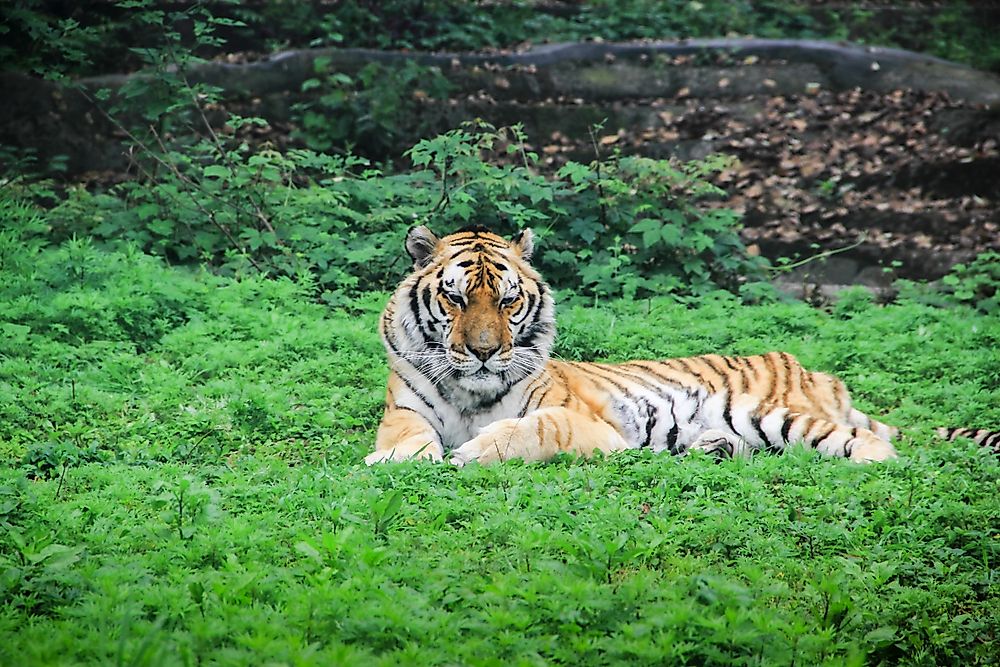
The Panthera tigris tigris, a critically endangered subspecies of tiger, is possibly extinct. It is found in southern China’s provinces. No wild member of this species has been recorded since the 1970’s. Several factors like the excessive hunting of the tiger and its prey species, habitat destruction and fragmentation, and other forms of anthropogenic pressures threaten the survival of the species in the future.
6. Malayan tiger
The Panthera tigris jacksoni lives in the Malay Peninsula’s central and southern parts. As of 2013, the population of this subspecies of the tiger is estimated to be only about 250 to 340 adult individuals. High rates of poaching in the Malayan tiger’s habitat to generate tiger parts for the traditional medicine industry in China and some parts of Southeast Asia, is the biggest factor responsible for the near extinction of the species. Vast tracts of forest land that served as the tiger’s habitat have also been destroyed to make space for human settlements and crop fields.
5. Sumatran tiger
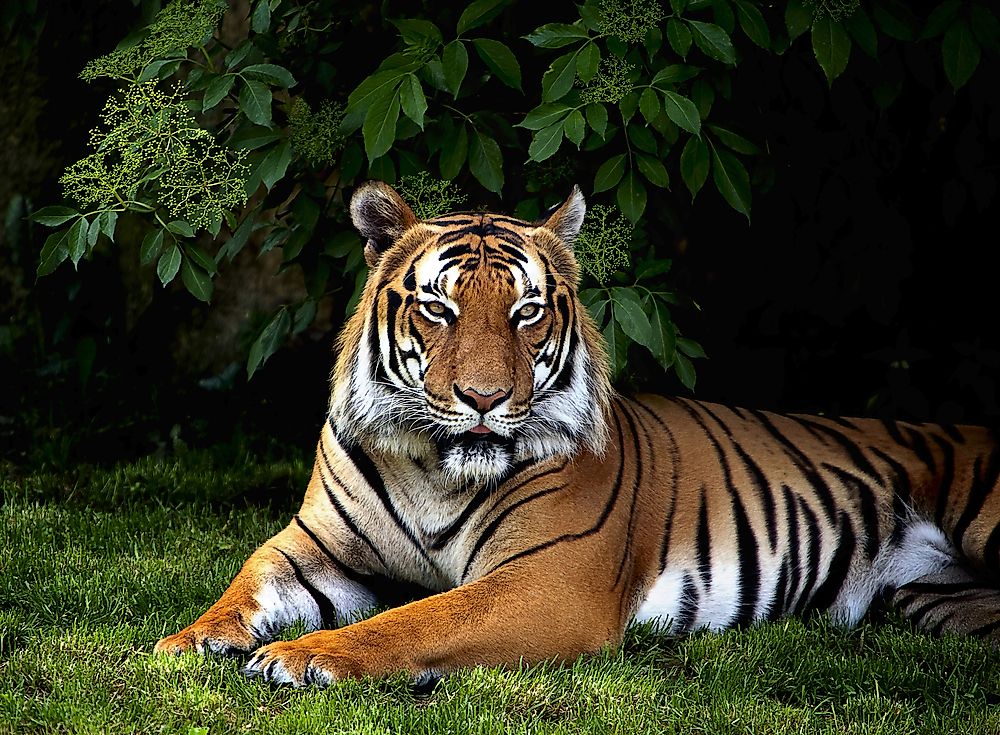
The Panthera tigris sondaica is a subspecies of tiger that lives in the island of Sumatra in Indonesia. Like the Malayan tiger, this subspecies is also subjected to indiscriminate poaching for its skin and other body parts. According to estimates made in 2008, the Sumatran tiger had a population of 441 to 679 individuals. The two other tiger subspecies, the Bali and the Javan tigers that also lived on the Sunda Islands are already extinct. Besides illegal trade, the Sumatran tiger is also threatened by prey-base depletion and clearance of habitat for acacia and palm oil plantations.
4. Iriomote cat
A subspecies of the leopard cat, the Prionailurus bengalensis iriomotensis is on the brink of extinction. The subspecies has been labeled as ‘Critically Endangered’ since 2008. As of 2007, only about 100 to 109 individuals of the Iriomote cat was estimated to live in the wild. The animal is found in Japan’s Iriomote island. It is regarded as the smallest habitat of any of the world’s wild cats. On this island, the iriomote cats inhabit the subtropical forests. Several factors are responsible for the current status of the species. The introduction of domestic cats on the island has subjected the Iriomote cat to competition for food, genetic pollution due to inter-species breeding, and disease transmission. Traffic accidents and habitat destruction also threaten the survival of the Iriomote cat.
3. Arabian leopard
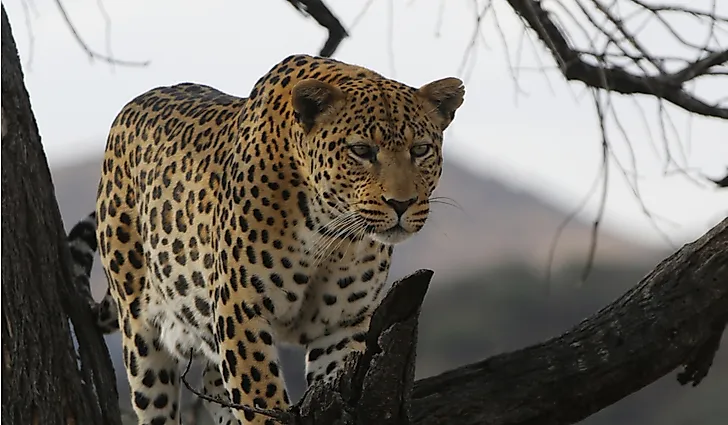
The Panthera pardus nimr is a subspecies of leopard that is native to the Arabian Peninsula. The range of this species also includes the Sinai Peninsula of Egypt. Since 1996, this leopard subspecies has been listed as Critically Endangered by the IUCN. Fewer than 200 members of this species were found to be living in 2006. The Arabian leopard is one of the smallest types of leopards. Habitat loss, fragmentation, and degradation threaten the survival of this species. The prey base of the leopard has also been severely depleted due to overhunting by humans. The leopards are also subjected to retaliatory killings by locals trying to save their livestock. The animals have also been captured for the illegal wildlife trade.
2. Javan leopard
The Panthera pardus melas is a subspecies of leopard that is found only in the island of Java in Indonesia. There are only about 250 mature individuals of this subspecies left in the wild and the population is still decreasing further. Loss of habitat, depletion of the prey base, and poaching threaten the survival of the species.
1. Amur leopard
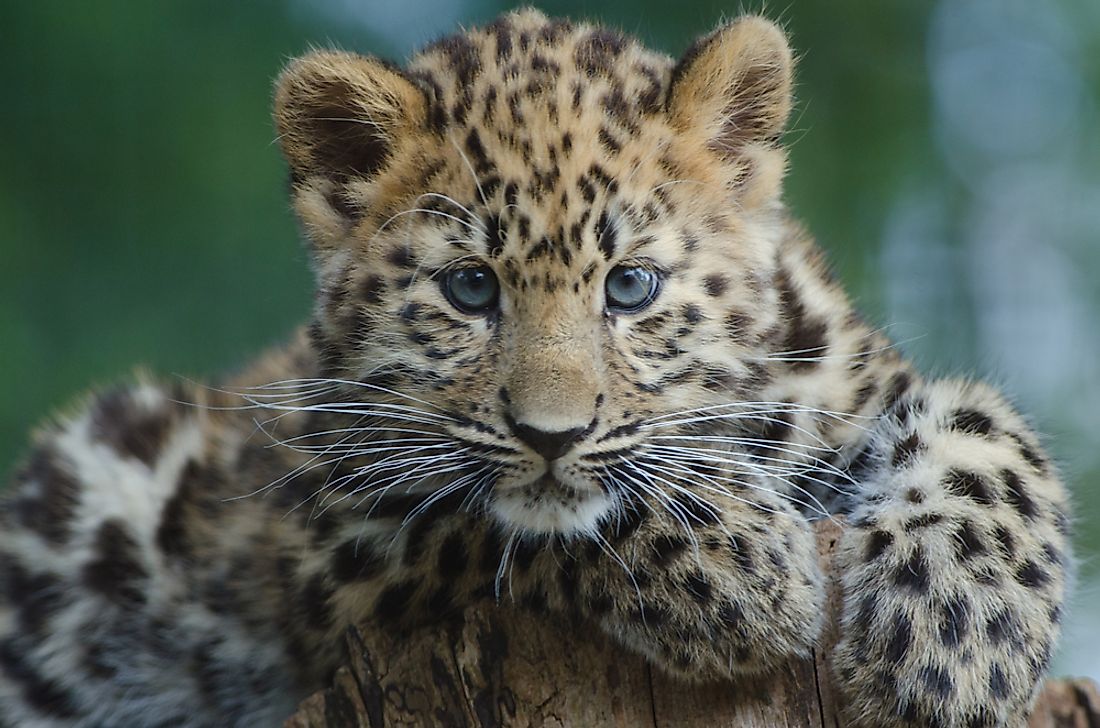
The Panthera pardus orientalis is native to China’s Jilin Province and southeastern Russia. In 2007, only 19 to 26 wild members of this subspecies were estimated to be living in the wild. Intense conservation efforts to save the Amur leopard has helped increase the number of this subspecies to 103 individuals. It can well be regarded as the world’s rarest cat. Construction of roads and expansion of human settlements threaten the habitat of the leopard. Poaching of the leopard and its prey species has also severely depleted its population. The forest fires, logging activities, inbreeding, and diseases are other threats to the survival of the Amur leopard.











